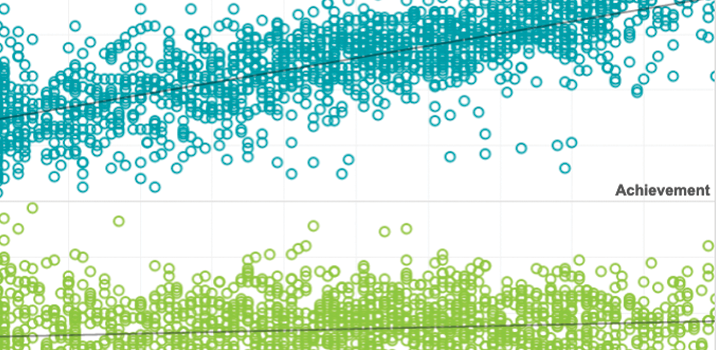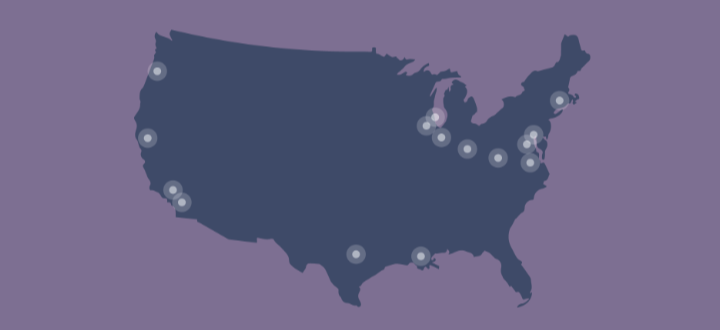Research brief
High dosage tutoring for academically at-risk students
January 2024
By: Miles Davison, Sofia Postell, Jazmin Isaacs, Ayesha K. Hashim

Description
The share of at-risk students has increased post pandemic requiring a response that matches the magnitude of the impact. High dosage tutoring has been one strategy to address the needs. If implemented effectively and at the proper scale, accelerated academic growth is possible.
This brief reviews the collection of research on high dosage tutoring, its benefits and the factors that must be considered and included to implement high dosage tutoring effectively. Among those are frequency and scheduling, group size, qualified personnel, measurement of outcomes, curriculum, tutor-to-student relationships, and new components like removing barriers to access.
See MoreTopics: COVID-19 & schools, Equity, Growth, Informing instruction
Related Topics
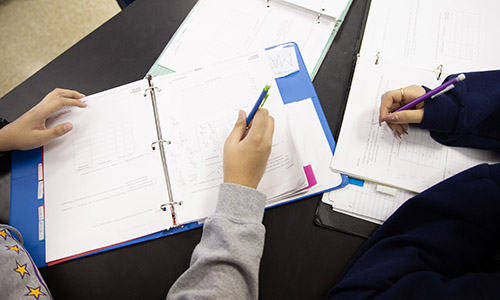

Trend Snapshots: Math Recovery Continues, Reading Remains Stalled in Spring 2025
This short research brief highlights trends seen in the latest data released in the NWEA Map Growth National Dashboard. In this first edition of Trend Snapshots, key findings from Spring 2025 data highlight a modest, incremental recovery post COVID, but stalled progress in reading achievement.
By: Karyn Lewis, Megan Kuhfeld
Products: MAP Growth
Topics: COVID-19 & schools, Growth


Technical Appendix: MAP Growth National Dashboard
This is the accompanying technical appendix to the MAP Growth National Dashboard providing more details of the data and describing more fully the sample and methods used within the dashboard.
By: Karyn Lewis, Megan Kuhfeld
Topics: Growth
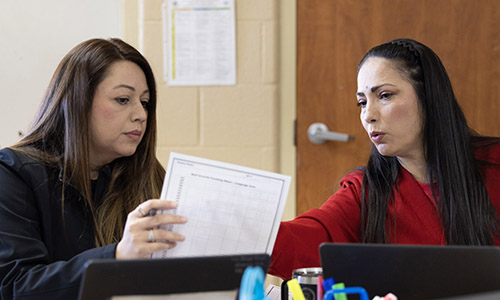

User Guide and FAQ: MAP Growth National Dashboard
This user guide explains how to navigate the MAP® Growth™ National Dashboard, understand the key metrics and terms, make appropriate comparisons of data, and communicate findings responsibly. This guide also includes a robust “Frequently Asked Questions” section that provides in-depth answers about the dashboard and its uses.
By: Karyn Lewis, Megan Kuhfeld
Products: MAP Growth
Topics: Growth
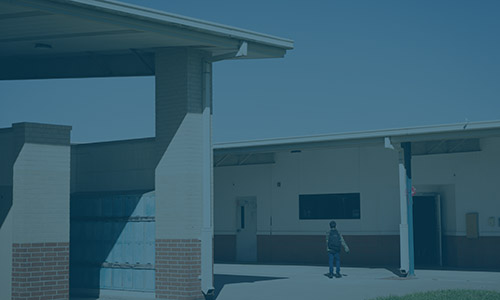

Severe weather events are no longer isolated anomalies. They are becoming a regular part of the school year in communities across the country. This brief highlights how severe weather events can cause deep and lasting disruptions to student learning and well-being, often in ways that far exceed the immediate days schools are closed. It also makes clear that while some communities are disproportionately at risk, no school is immune.
By: Megan Kuhfeld, Jim Soland, Sofia Postell


Family engagement as a long-term strategy for continued COVID recovery
This NWEA research report emphasizes the vital role of family engagement in helping students recover academically from the disruptions of the COVID-19 pandemic. The report synthesizes current research on family engagement, examines the effectiveness of current strategies, identifies common barriers, and offers guidance for how districts can communicate more effectively with families about student progress.
By: Ayesha K. Hashim, Rebecca Johnson, Rachel Perera
Topics: COVID-19 & schools, Equity, Growth, Guidance
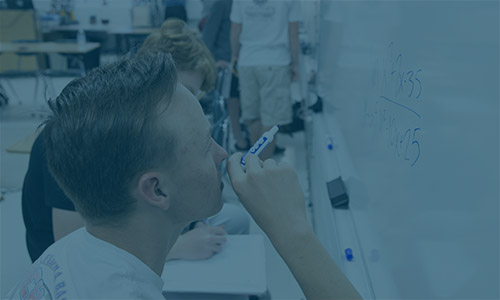

Boys regain the advantage in middle school STEM skills: Post-COVID trends in gender achievement gaps
The research study used a robust set of data from three national assessments to examine trends in gender gaps in 8th grade STEM skills over the course of the pandemic.
By: Megan Kuhfeld, Karyn Lewis, Gustave Robinson
Products: MAP Growth
Topics: COVID-19 & schools, Equity, Growth, Math & STEM


This is the accompanying technical appendix to the research study, “Boys regain the advantage in middle school STEM skills: Post-COVID trends in gender achievement gaps,” leveraging data from three national assessments, as well as enrollment in Algebra, to examine trends in gender gaps in 8th grade STEM skills over the course of the pandemic.
By: Megan Kuhfeld, Karyn Lewis, Gustave Robinson
Products: MAP Growth
Topics: COVID-19 & schools, Equity, Growth, Math & STEM
